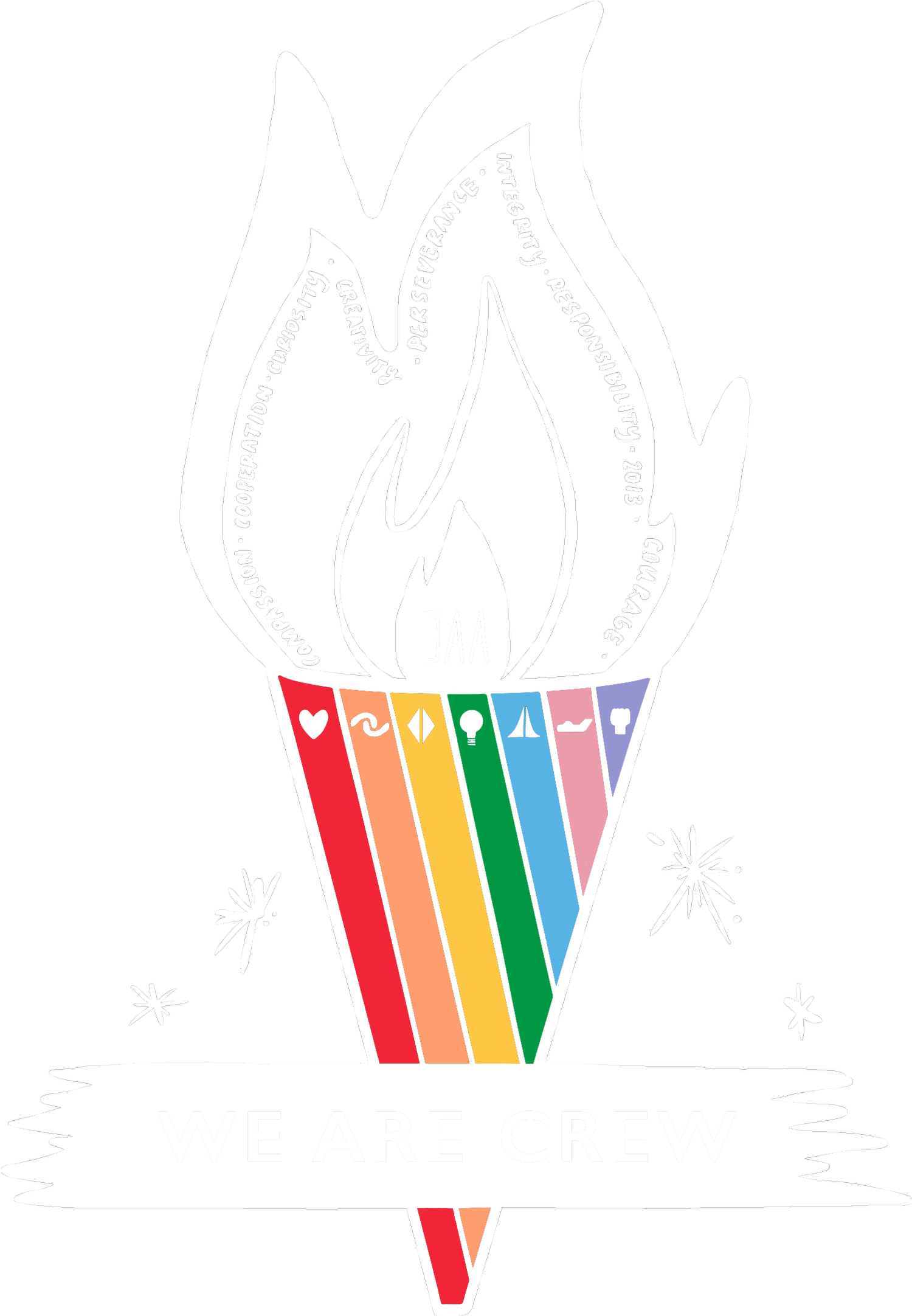Kindergarten Crew // Problem Based Tasks in Math
This year at DAA, we have added a new component to our Math Block called Problem Based Tasks, which is a time for students to grapple with a challenging, open-ended math concept in a real-world context. Teachers purposely design the tasks to have multiple solutions or involve multiple strategies so that students can think outside the box and explain why something works!
At the start of a problem based task, we read the problem together and then fill out a K-W-I Chart, which stands for “What do we already know?” “What do we want to find out?” and “What ideas do we have?” During this section kids can work with a partner to plan strategies based on what they’ve already learned in math class. Unlike traditional math lessons, teachers don’t confirm or deny whether students’ ideas or strategies are right--we let them plan and test their ideas to see what works! After students think of ideas, they choose one strategy they would like to use and find a partner that wants to use the same strategy. They then work together to solve the problem!
In Kindergarten, we have recently been learning about comparing numbers using more than, less than, and equal to, as well as comparing measurements like capacity, volume, and length. For our capacity problem based task, students were tasked with creating a snack mix, using different amounts of snacks. The snack mix had to have a greater volume of some snacks and a lesser volume of other snacks. Students worked with a partner to come up with strategies (ex. “We can use bigger cups for the snacks that need a bigger volume!; “We can use lots of cups to measure snacks with a smaller volume and only one or two cups for the snacks with a lesser volume!”) They then went to their tables and started implementing their strategies! Teachers circulate during the work time and ask students open-ended questions that allow them to explain their thinking and make sense of the math concept (i.e. “How did you find out that ___ was more than ___?” “Which one holds a greater volume? How do you know?”) This was such a fun and interactive way to find different volumes and to understand more and less (not to mention, it was tasty!)
At the end of a Problem Based Task, we have a debrief where students can share out what strategies worked, what strategies didn’t work, and what they learned about the math topic. This allows teachers to see what misconceptions students had during the task and allows us to adjust future lessons to include direct modeling, more vocabulary around the math topic, etc. Although Problem Based Tasks are sometimes challenging because they are so open-ended and don’t have a clear step-by-step process for students to use, they allow students to take risks and try new strategies to see what works and to develop a deep conceptual understanding of the concept.



